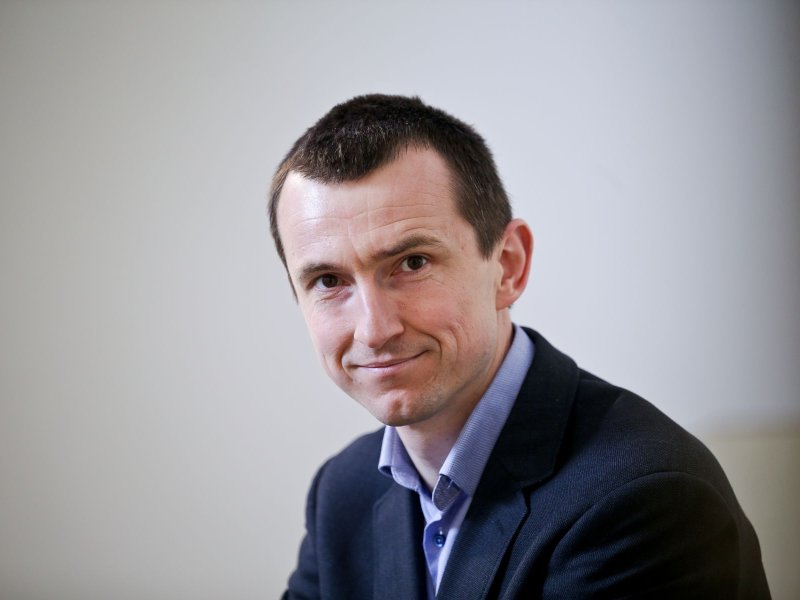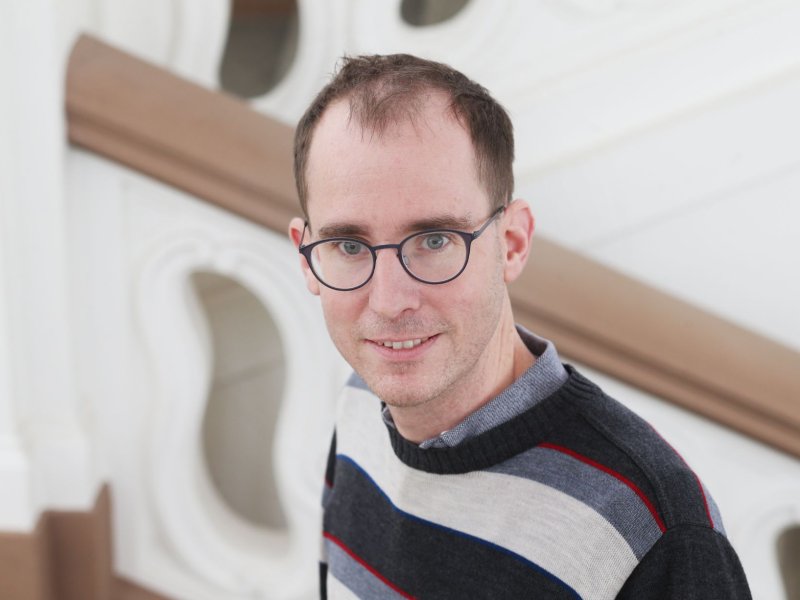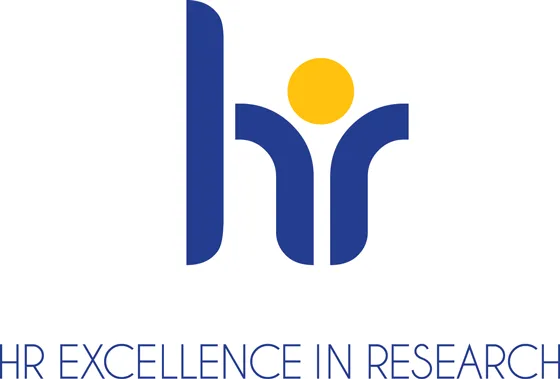Matfyz Gains Two ERC Grants

Physicists Tim Verhagen and Martin Kozák have received ERC Starting Grant supporting their individual research. Tim Verhagen, originally from the Netherlands, is examining layered materials, i.e., as he claims with exaggeration, some kind of 2D sandwiches. Martin Kozák is researching new possibilities of electron microscopy allowing the scanning of electrons’ movement in substances possessing high spatial and temporal resolution.
The aim of the project of Martin Kozák is, ideally, an electron microscope capable of such a display of selected materials with high spatial and temporal resolution, which means to capture the movement of electrons in substances in time. This depiction has not been possible so far. He received financial support from the European Research Council (ERC) of more than CZK 45 million to establish his research team.
Current electron microscopes provide only static images, it has not been possible yet to observe how the studied sample dynamically develops over time. Electrons in electron microscopes behave like waves that can be controlled by electric and magnetic fields. However, the current possibilities of manipulation have a number of limits. The team of Martin Kozák therefore plans to control the electron waves using shaped light waves in a vacuum. This will allow it to monitor high-resolution dynamic processes in the nanometre and femtosecond ranges. The new tool will be used mainly for research of new materials for faster electronics and information transfer.
New materials are also the subject of research by Tim Verhagen. The goal of his project, for which he has now received support worth approximately CZK 50 million, is to develop a layered material with unique properties, the so-called 2D-sandwich. The grant will primarily allow the purchase of a special device capable of applying thin, single-atom layers of different materials.
He and his team are going to make 2D sandwiches using a special machine by applying very thin layers of different materials. The produced samples will then be studied using optical spectroscopy methods. If the different types of materials can be properly combined and joined together, complex materials can be consequently created, and that might bring new possibilities for instance in electronics or information processing. "This way we could get new materials with truly unique properties. My goal is to create a 2D sandwich that will have ferromagnetic and ferroelectric properties at room temperature, which is a golden grail in our field," adds Verhagen who also wants to make his samples freely available to other scientists.
See also:





